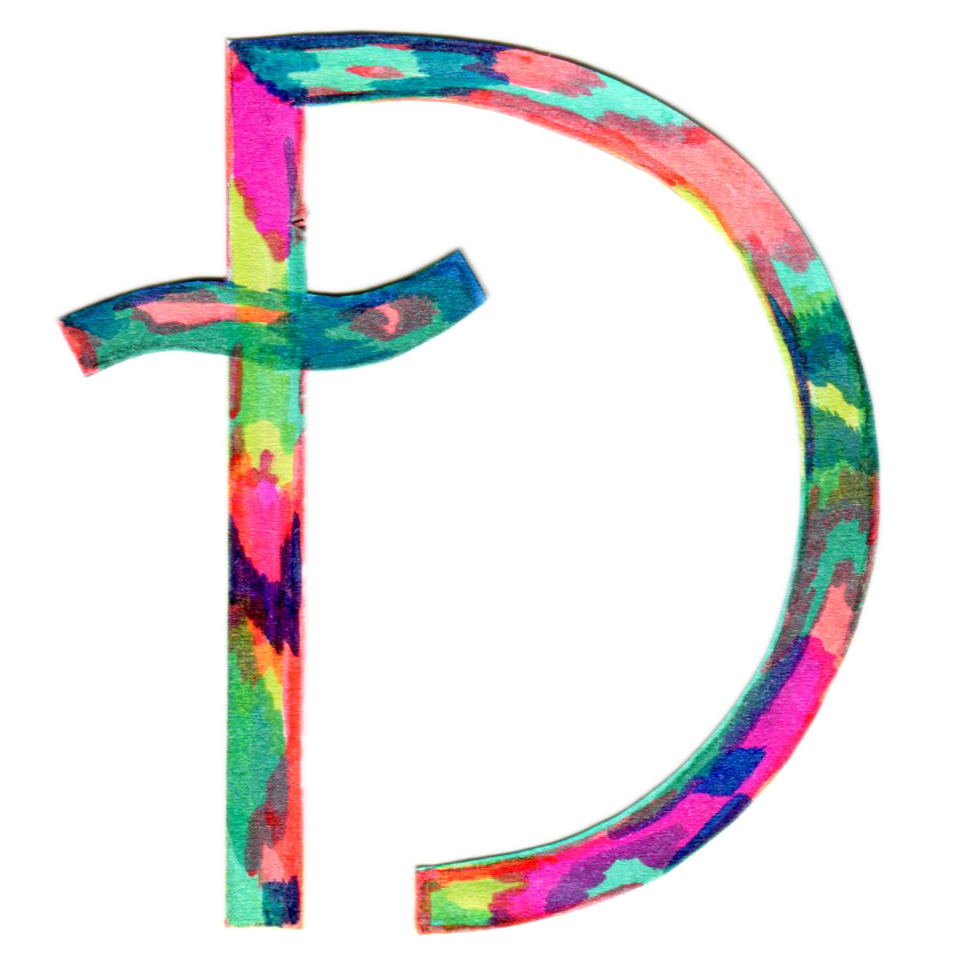THEKIDSWANTCOMMUNISM
is a collaborative textile project initiated by Agnes Friedrich and Ivonne Dippmann starting 2017.
I was born and raised in Karl-Marx-Stadt, a town that nowadays only exists in my passport. In 1989, with reunification, Karl-Marx-Stadt was renamed to Chemnitz again.
If you visit Chemnitz today and ask people what’s there to see, you will be directed to a massive 7,10 m Bronze head of Karl Marx, located at Brückenstrasse in the centre of town. Designed by the Soviet sculptor Lev Kerbel it is the second-largest bust in the world – after the head of Lenin in Ulan-Ude, Russia that is 60 cm higher.
‘Workers of the world, unite!’ is written in four languages on a wall behind this monument. As a child I used to train in a public swimming pool nearby, so I passed this tremendous head at least three times a week. It became part of my world view and represented a society based on socialistic structures. This meant to maintain a strong middle-class, to have basic existential needs covered or to include every generation in the everyday life.
Worldwide the tendency towards nationalistic ideas is growing. My generation that was raised with a common sense of working internationally and being aware of the fragility of our planet, is claiming back a way of life that connects and pushes on more social structures and a sustainable way of life. It’s without saying that we don’t aim to re-establish communism based on the circumstances of the Cold War as we used to know it. On the contrary – we wish for a system that navigates human- and environment-friendly, reduces production to a reasonable amount and takes care of basic human needs; such as education, health insurance, housing, child care and the elderly.
How did we come up with this topic? In spring 2017, I took part in the conference The Kids Want Communism at the CCA, Tel Aviv, directed by Joshua Simon, based on his current exhibition at MoBY: Museums of Bat Yam. We were a small group of participants who shared their ideas on communism and how this term should be re-defined in order to work in our present society.
Within the context of my recent artbook-project, Liebeslied Chemnitz – Tel Aviv, FriedrichDippmann launched a textile collaboration that created a dialogue between Tel Aviv and Chemnitz. We combined the catchy title of Joshuas exhibition with a somehow ‘romantic view’ on communism by working with the iconography of the Karl Marx bust in Chemnitz. Together with the professorship of textile technologies TU Chemnitz and maximo–Strickmoden we designed and manufactured a first series of twelve individual knitted sweatshirts. We’ve been documenting these prototypes in Tel Aviv, featuring twelve friends along with their individual stories at their favourite place-to-be. I chose people who I appreciate for their vision, mindfullness and ability of sharing their life and ideas with others. Their individual choice to live in Israel is hereby a crucial aspect and influence in their way to create and share their vision. Through their eyes I hope to give a glimpse of what makes this place so magical and diverse.
Why did we work with textiles in the first place? Since a very young age I was surrounded by fabrics because my family worked in this area. Back in the days, Karl-Marx-Stadt was centre of textile production in East Germany. Around three quarter of the workers that were employed in the producing industry worked in the field of textile production. Based in Karl-Marx-Stadt were for instance VEB* Textima, VEB Clara Zetkin, VEB Esda or VEB Polar.
VEB Textima for example was an industrial combine that produced textile machines and was subordinated to the Ministry of machine tooling and mechanical engineering. Its job was development, production and sales of equipment and machines for chemical, textile and clothing industries – be it for production of yarns, surface finishes, confectionery, textile cleaning and laundry as well as spare parts and accessories. By 1989 VEB Textima employed 33.000 workers. Part of VEB Textima have been VEB Naplafa, VEB Diamant, VEB Spinn & Zwirn or VEB Malimo.
After reunification almost all nationally-owned companies were bought off and shortly after closed by private companies from West Germany in order to avoid competition. Very few were privatised and survived the change to the capitalistic system. By initiating this very specific project in my hometown, we reconnected to a craft and industry that provided a daily income for most workers back in the days; including my family. In Chemnitz for example, we worked together with maximo–Strickmoden, former VEB Polar, that specialises in babies and children’s wear. It’s the only company that still operates in textiles in Chemnitz today.
In its essence, thekidswantcommunism can be interpreted as an attempt to remind ourselves of the vision of Karl Marx as an updated version in times of competition and upcoming nationalism worldwide. Moreso it’s a homage to craftsmanship, passion, creativity and the art of collaboration within our individual capacities.
We’d like to say thank you to everyone who has been involved and supported this project, especially our partners, models and of course Joshua Simon who invited us to present this project at the closing event of The Kids Want Communism at MoBY in November 2017.
*VEB: nationally owned company
Ivonne Dippmann, Tel Aviv, Nov 2017
With Joshua Simon, former curator of MoBY. The Kids Want Communism, Tel Aviv Nov 2017



